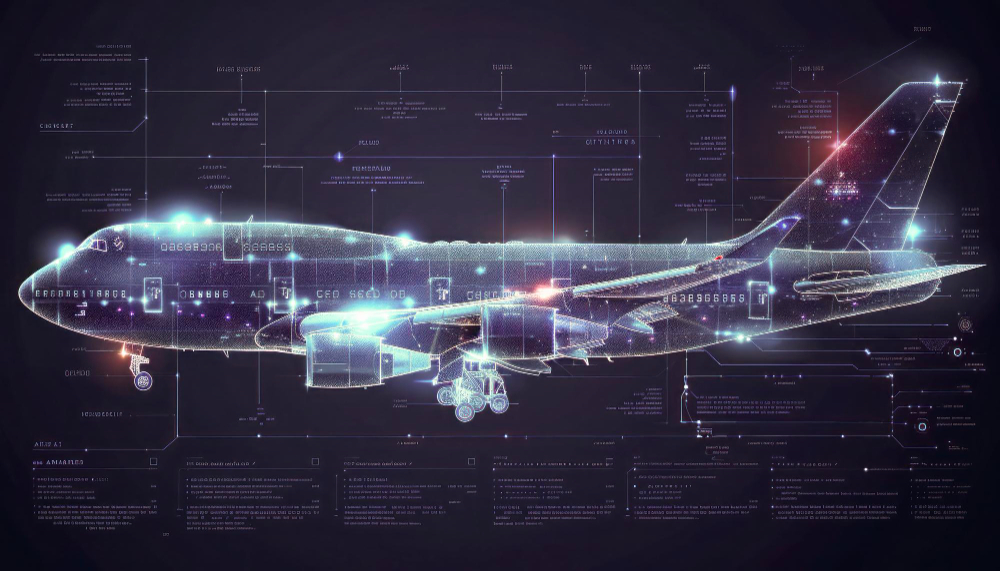Modern aviation is undergoing a silent yet powerful transformation. Airplane technology is no longer an add-on — it’s the core of every aircraft. From cockpit displays to flight systems, everything is now designed for maximum safety, efficiency, and precision.
The Cockpit Evolution: From Analog Panels to Glass Cockpits
One of the most visible changes in airplane technology is the shift from analog instruments to digital screens — the so-called Glass Cockpit. These large displays provide clearer, more accessible information.
At EAS Barcelona, the commitment is total: “All our aircraft are equipped with Glass Cockpits. These large digital panels improve flight parameter interpretation, just like those used in commercial airlines worldwide.” The result is safer, smarter piloting.
Modern Fleets: Efficiency and Safety in Every Detail
While many pilot schools still operate planes over 20 years old, EAS Barcelona has taken a different path: “Our fleet is brand new and factory-direct. We use the TECNAM P2002JF and P2008JC for basic training, and the TECNAM P2006T for advanced and IFR training.”
Modern aircraft reflect key advancements in airplane technology: lighter materials, more efficient engines, and optimized systems that make flying more sustainable and reliable.
Fly-by-Wire and Flight Automation
Fly-by-Wire replaces mechanical controls with electronic signals. This technology enhances responsiveness while keeping the aircraft within safe limits. Along with automatic flight management systems, pilots can complete entire routes with minimal manual input. That’s the power of automation in modern aviation.
Green Innovations: Engines, Materials, and Sustainability
Airplane technology isn’t just about performance — it also targets sustainability. Projects like Clean Sky develop quieter engines and hybrid propulsion systems. Researchers are even exploring hydrogen fuel. On top of that, modern aerodynamics and lighter structures reduce drag and fuel consumption.
Flight Simulators: Real Training Without Leaving the Ground
Realistic simulation is crucial in pilot training. “At EAS Barcelona, we operate four simulators: three FNPTII units based on the TECNAM P2006T and one FNPTII MCC replicating the Airbus 320. All feature full Glass Cockpit technology.”
These simulators allow for advanced training. From engine failures to crosswind landings, students experience it all in a safe, controlled environment.
Artificial Intelligence in the Sky
Artificial intelligence is now part of airplane technology. It helps optimize flight routes, monitor fuel usage, predict weather, and detect faults before they occur. AI makes aircraft smarter — and flying safer.
Navigation and Automated Air Traffic Systems
Technologies like ADS-B and GPWS help organize the skies. These systems improve route precision and reduce human error. In combination with automated air traffic control, they ensure safer and more efficient airspace management.
Real-World Integration: How Students Train with Advanced Technology
EAS Barcelona integrates airplane technology at every level. “We use Cessna Aerobat planes for UPRT and AR training. Our facilities are located next to Sants Station in Barcelona. Practical flights operate from Sabadell Airport, where we have our own dispatch, weather, and flight planning areas.”
This streamlined setup enhances operational efficiency and provides students with a true-to-life aviation environment from day one.
The Future of Airplane Technology Is Already Here
Airplane technology isn’t the future — it’s the present. From AI systems to glass cockpits and hybrid engines, every part of aviation is now driven by innovation. Schools like EAS Barcelona make sure pilots are ready to fly into a smarter, safer, and more sustainable future.
